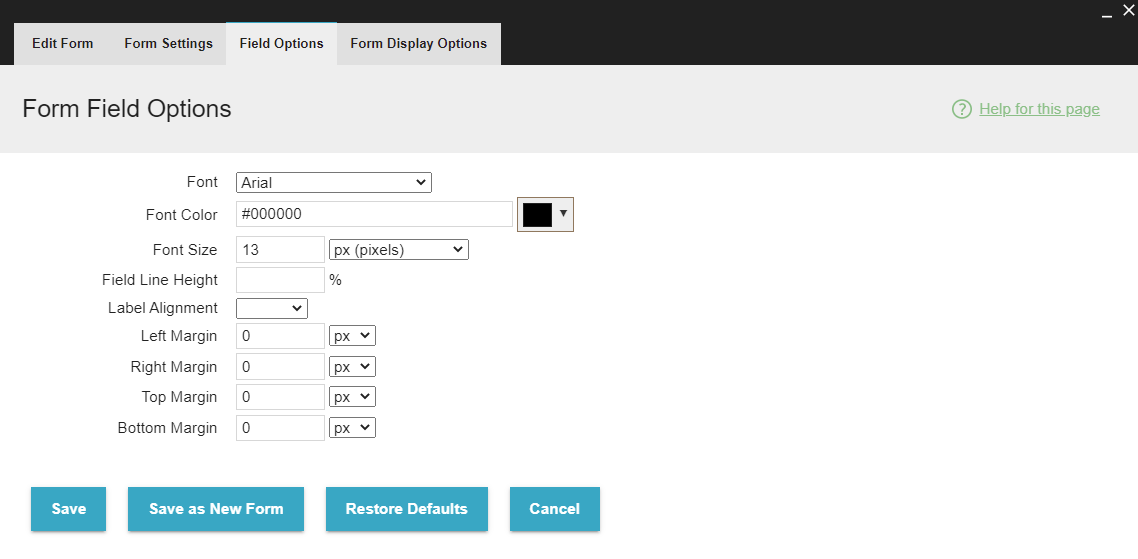

It is worth noting that the official examples section of Formly does an excellent job at describing your basic workflow. Let’s take a look at how we at Symflower approached auto-generating forms with Formly, and how it can help you to auto-generate your own as well! Getting started with Formly While the official documentation of Formly provides detailed explanations on its usage, getting into more complex features and use cases often gets progressively harder. Formly provides all the features needed for forms and can be extended with custom field types, custom validations and wrappers. In Angular a well-working way to auto-generate forms is using Formly, which is open-source and easy to use. This makes them perfect candidates for auto-generation.

Nowadays, applications usually contain many forms, which should be held consistent in their looks, usage and behavior. When it comes to front-end programming, one specific area that is worth auto-generating are forms. What remains is shorter and cleaner code, just the behavior of your programs.
Form field stylizer code#
One excellent solution to such complexity issues is the reduction of source code by auto-generating everything that is just boilerplate. Additionally, when new people start working on a piece of code, it can be very hard for them to navigate. Such complexity often happens naturally during development, by adding new code to improve the product. Nearly every programmer has experienced long and confusing code at least once in their lives.


 0 kommentar(er)
0 kommentar(er)
